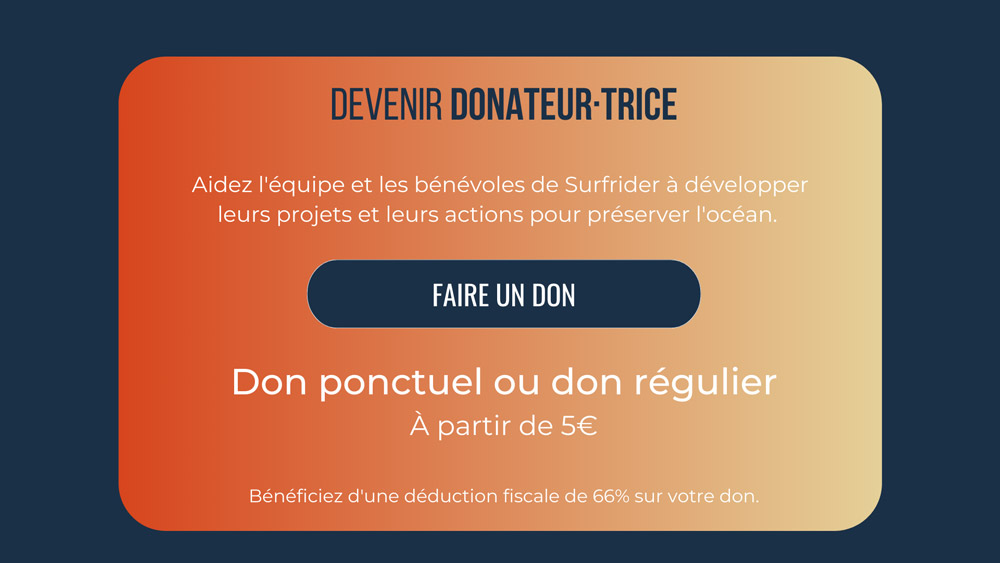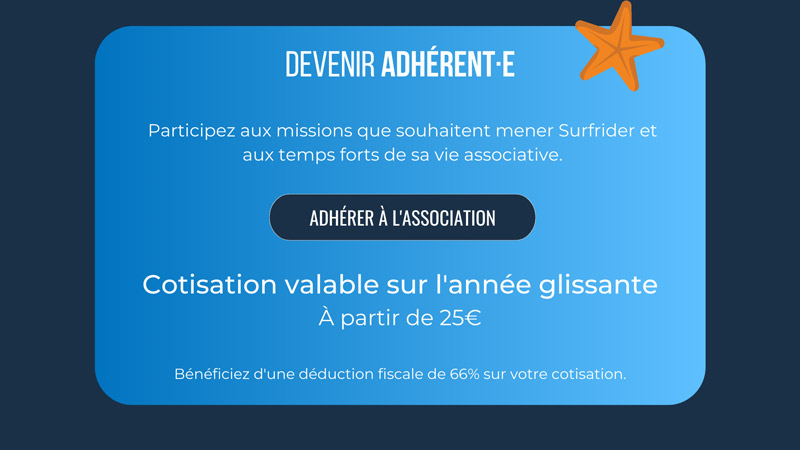The toxic algae, known for a decade in the Mediterranean, appeared on the Atlantic coast last summer, closing several beaches on the Basque coast. The authorities are worried about a potential return.
Ostreopsis: an alga from tropical waters
This microalga, invisible to the naked eye, proliferates on the French coasts during the summer season with the increase in temperature of coastal waters. Surfrider Foundation Europe has been observing Ostreopsis Ovata blooms in the Mediterranean Sea for more than 10 years in order to prevent the risk to the health of swimmers and water sports enthusiasts.
The summer of 2021 will have been marked by the arrival of the algae on the southern Atlantic coast, causing respiratory discomfort for several hundred people in the Atlantic Pyrenees.

What impacts on our health?
Its presence is often identified by the metallic taste that it will give to the water. The main symptoms are irritated throat, stuffy nose, nosebleeds, breathing difficulties, skin irritations.
During a prolonged exposure, the toxin released by the alga can also cause great fatigue and fever.If you experience these symptoms mildly, don’t panic, it is often enough to stay away from Ostreopsis for these symptoms to disappear on their own after a day or two. However, if the symptoms persist or if they are of a strong intensity, consult a doctor quickly or call 112
Surfrider multiplies its monitoring actions for the 2022 summer season
In collaboration with scientific research actors and public institutions, Surfrider is setting up a monitoring network to prevent a new appearance of the algae on the Basque coast.

Water samples will be taken every week before being tested by ecotoxicologists in the laboratory. The health of beach and ocean users is a priority for Surfrider.
???? Cover picture : Spanish institue of oceanography

